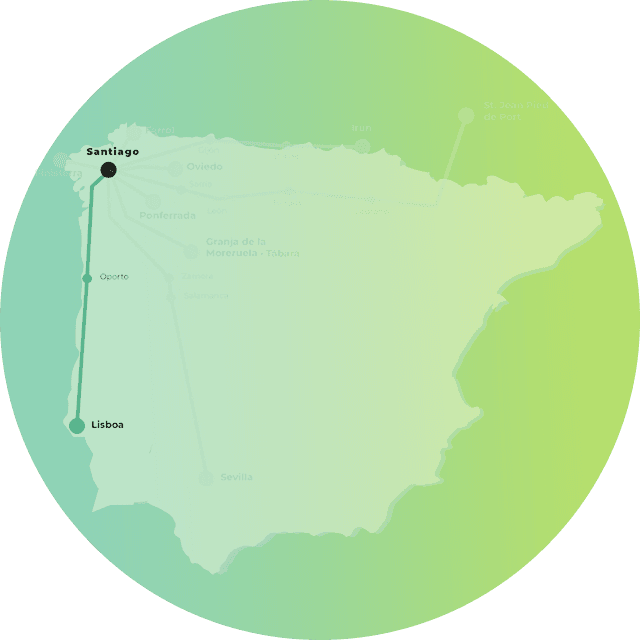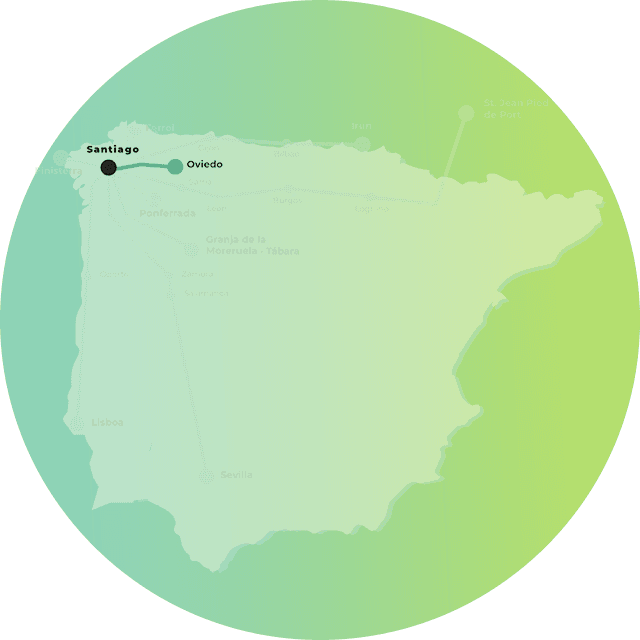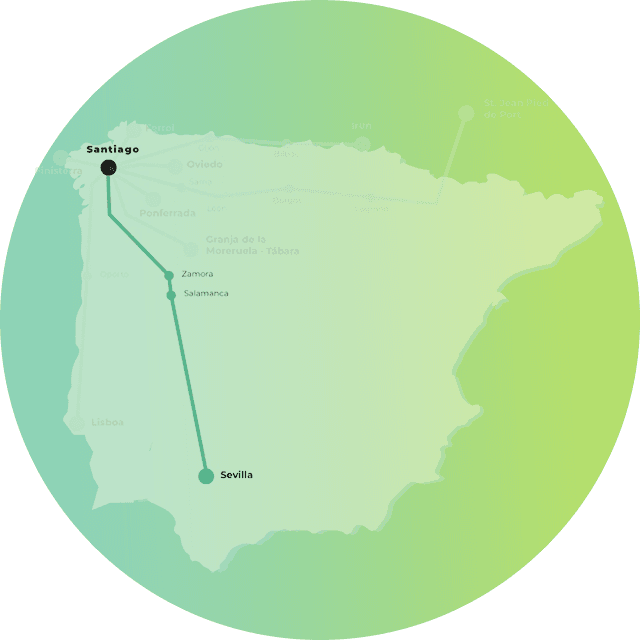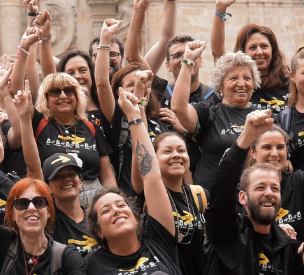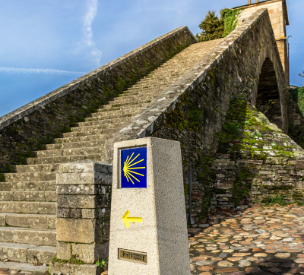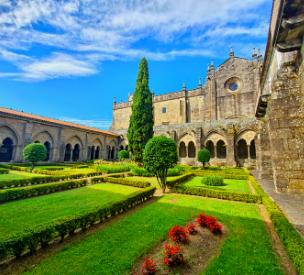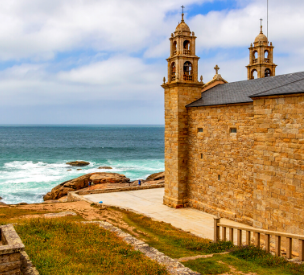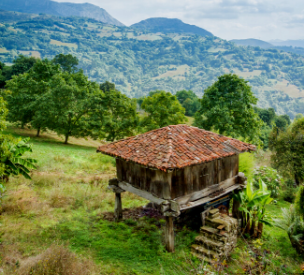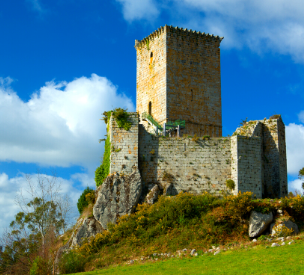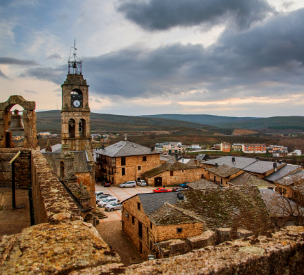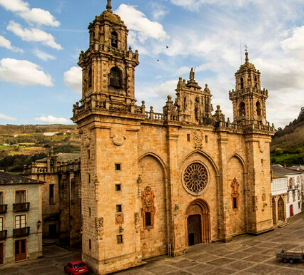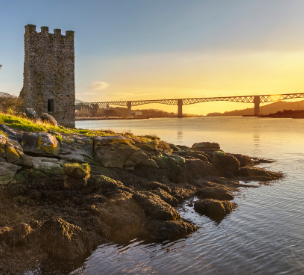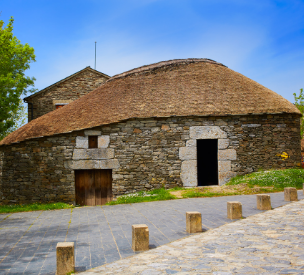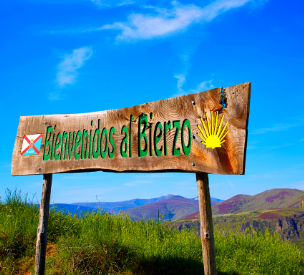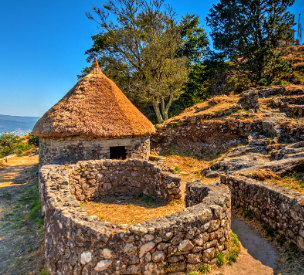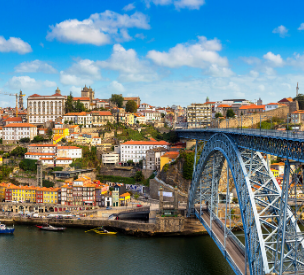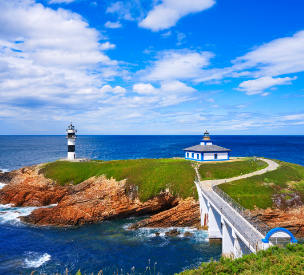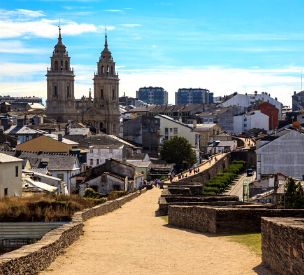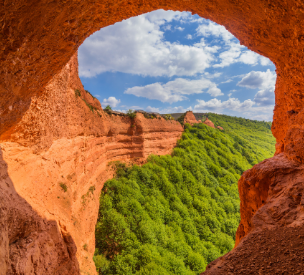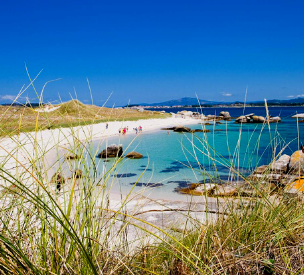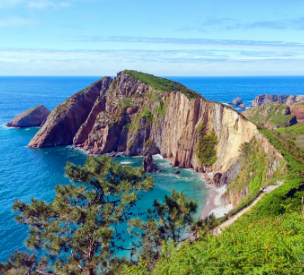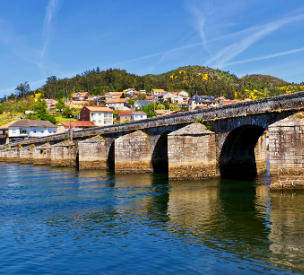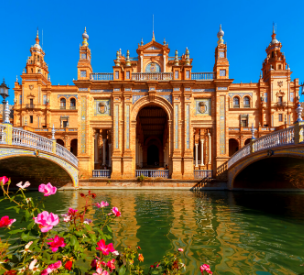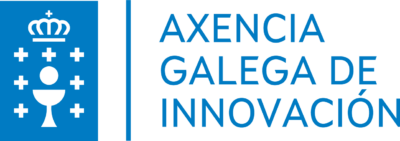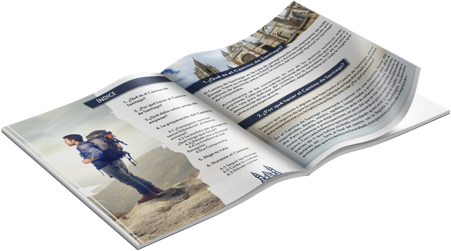Camino de Santiago Routes
The Camino de Santiago is comprised of a network of routes that originate from various locations, all sharing a single goal: to reach Santiago de Compostela.
Each route is divided into a succession of stages, representing the daily kilometers to be completed. Distances typically range between 20 and 30 km, making it ideal to start walking early in the morning and reach your destination by midday. The stages connect villages, towns, and cities, where you will find all the essential services needed to rest and replenish your energy among other pilgrims, including accommodations, restaurants, supermarkets, laundries, and more.
Remember, it is not necessary to walk the entire Camino or adhere strictly to the pre-established stages for each route. You can choose any intermediate point and complete the number of stages or kilometers that are perfect for starting your journey early in the morning and reaching your destination by midday.
Below, you will find the history, routes, towns, stages, hostels, and recommendations for each route of the Pilgrimage to Santiago de Compostela.
Camino de Santiago Routes & Stages
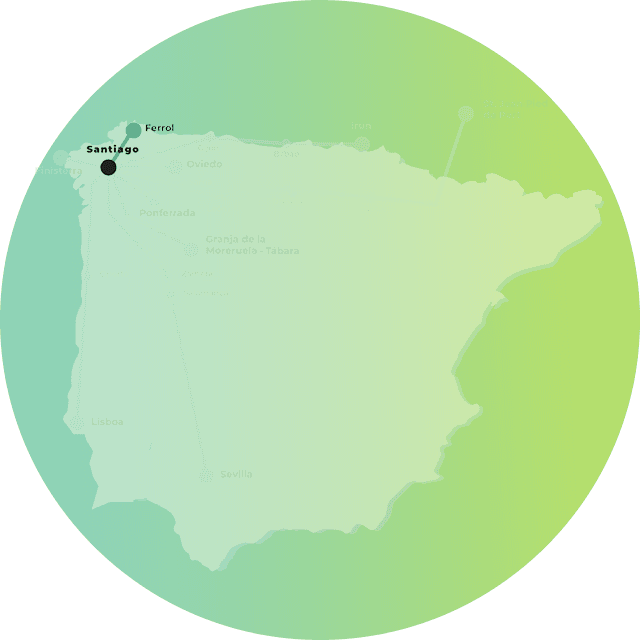
English Way
From Ferrol to Santiago de Compostela. Delve into the culture of villages of great military, naval and historical importance. 5 Etapas | 125 km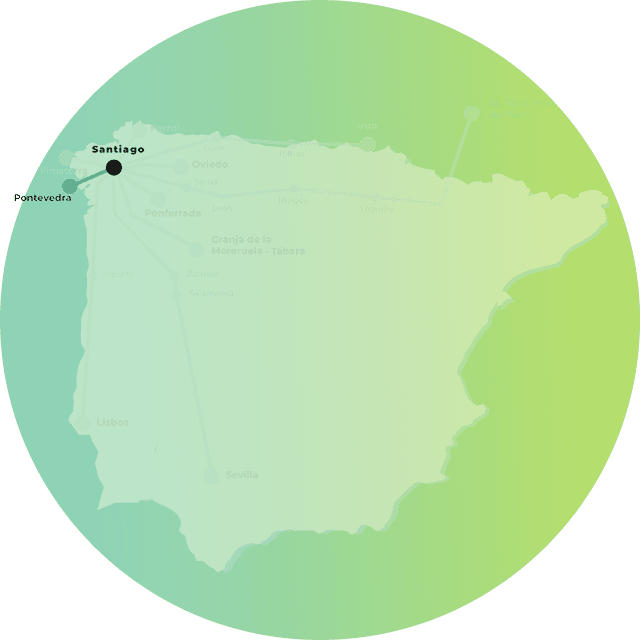
Father Sarmiento Way
From Pontevedra to Santiago de Compostela. Total 142 km - 6 stages 6 stages | 142 km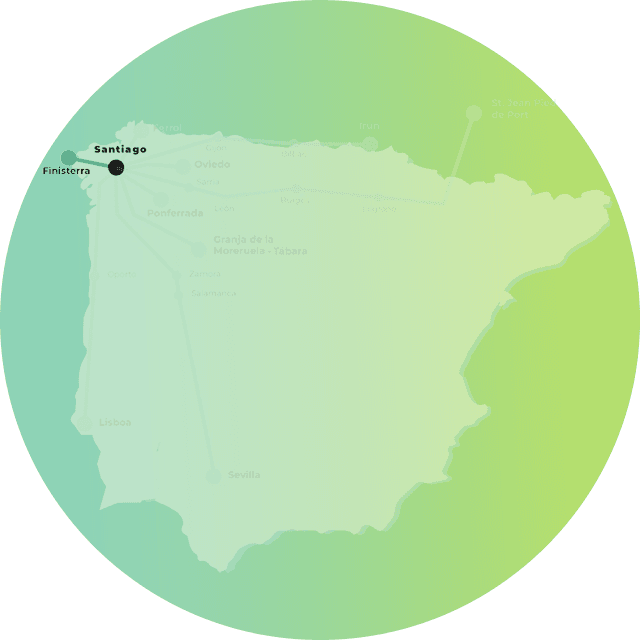
Finisterre and Muxía Way
From Santiago de Compostela to Muxía. A mystical and spiritual journey to the ends of the Earth 5 stages | 120 km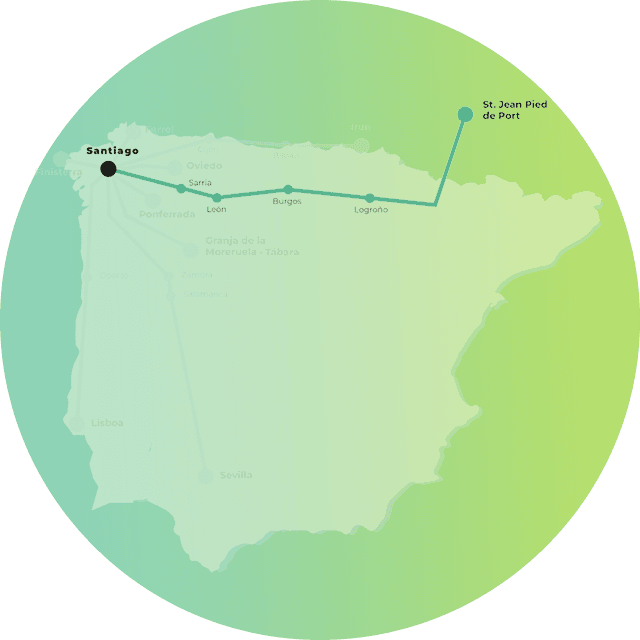
French Way
Desde Saint Jean Pied de Port hasta Santiago de Compostela. Follow in the footsteps of Charlemagne through the Pyrenees and travel 800 kilometers along the French Way. 33 stages | 768 km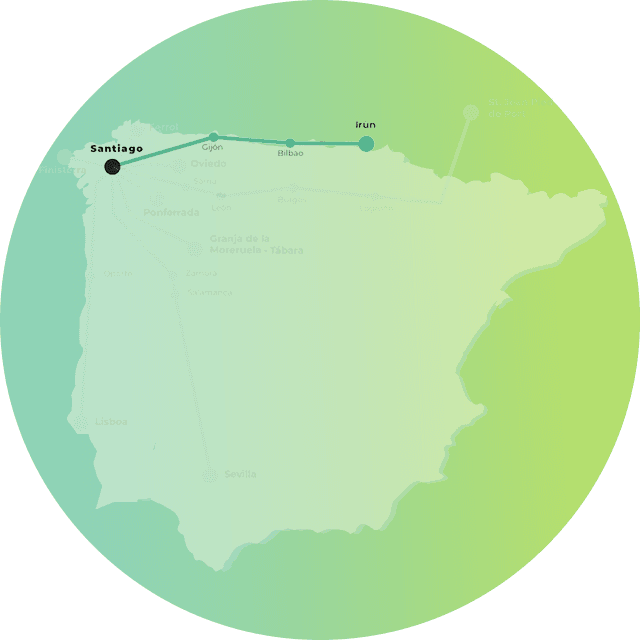
Northern Way
From Santiago de Compostela to Muxía. An unforgettable experience with breathtaking scenery 34 Stages | 820 km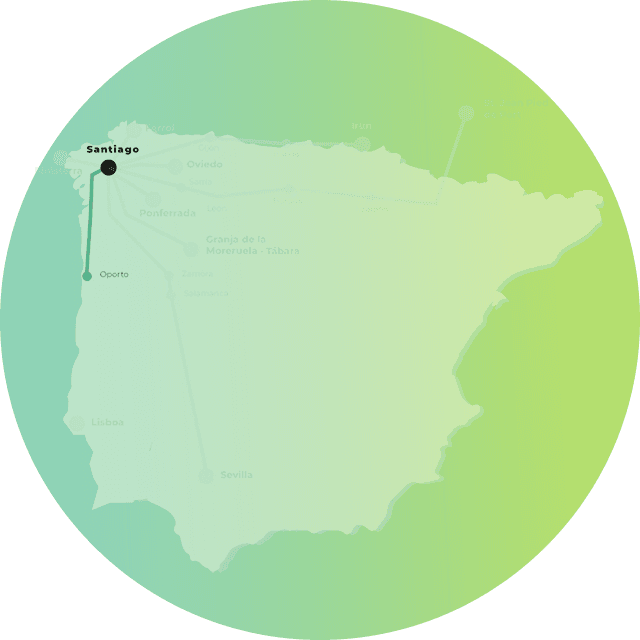
Portuguese Way along the coast
From Oporto to Santiago de Compostela. Total 194 km - 8 stages 8 Stages | 194 km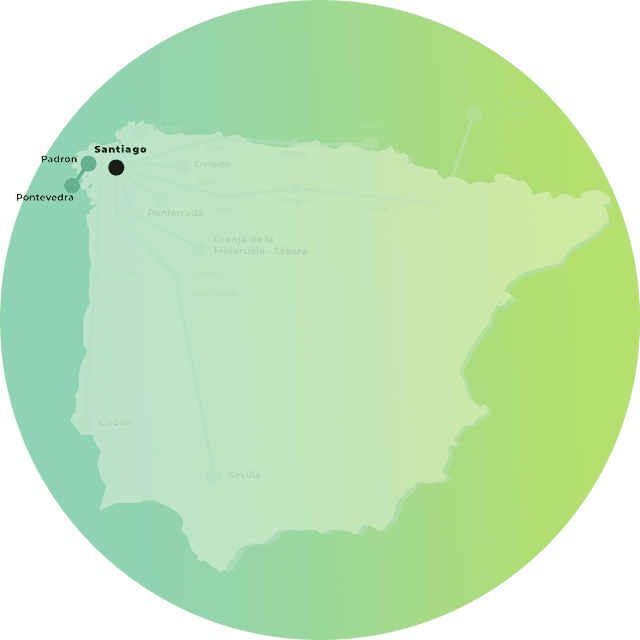
Portuguese Way: spiritual variant
From Pontevedra to Padrón. Total 81 km - 3 stages 3 stages | 81 km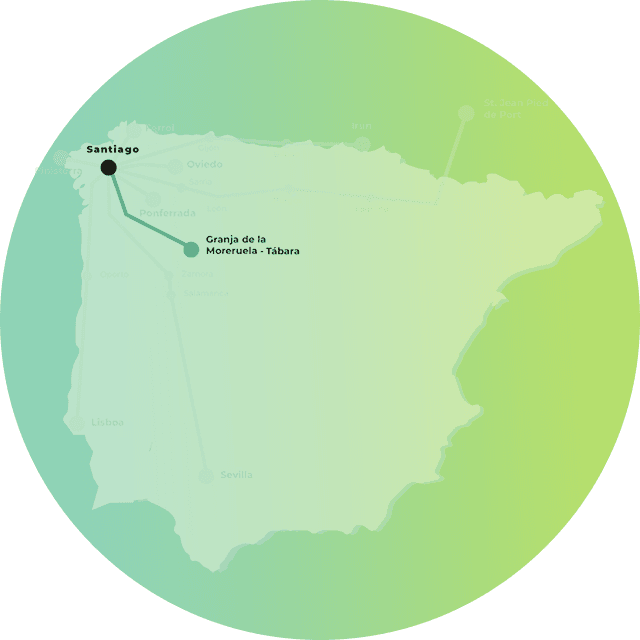
Sanabrian Way
From Granja de Moreruela to Santiago de Compostela. Total 365 km - 13 stages 13 stages | 365 km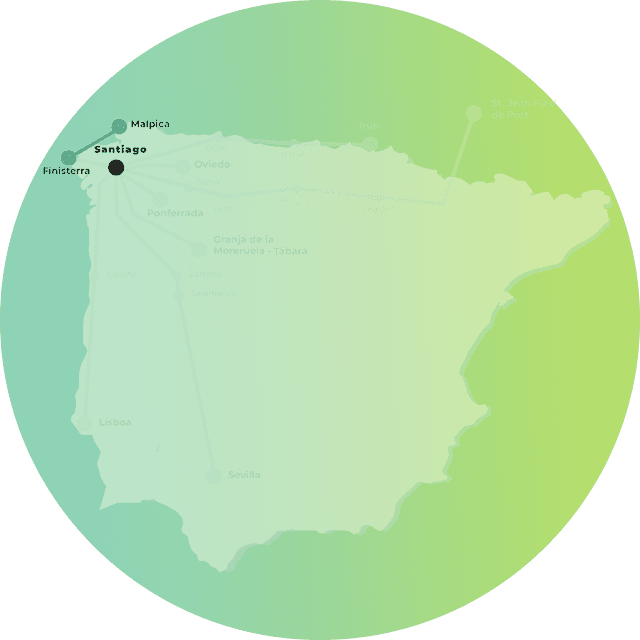
Way of the Lighthouses
From Malpica to Finisterre. A 200-kilometer journey along the coast and through the wildest of nature 8 stages | 195 km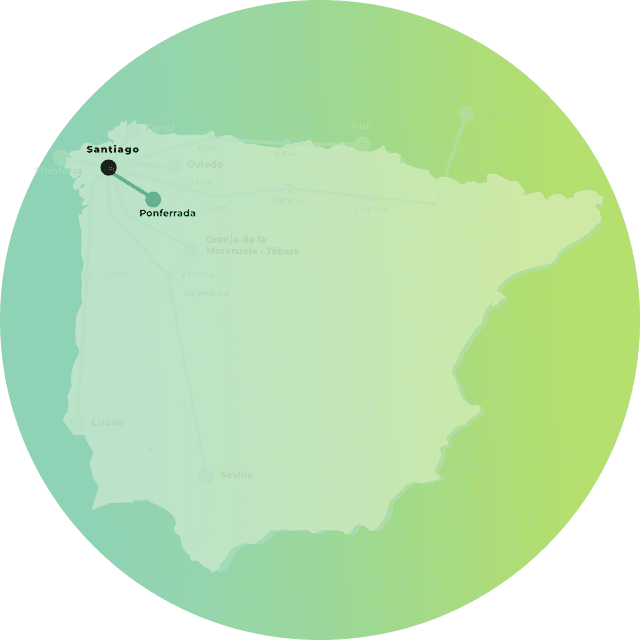
Winter Way
From Ponferrada to Santiago de Compostela. Through the regions of Valdeorras and Ribeira Sacra 5 stages | 120KmWhat route to choose on the Camino de Santiago?
To fully embrace the Camino de Santiago, it’s best to journey without rush or stress. We suggest dedicating at least a week to immerse deeply in the experience.
The last 100 kilometers to Santiago de Compostela are known as the final stretch of the journey. This part, all in Galicia, is made up of easy stages perfect for first-timers. Walking this section is more than just the steps; it’s a chance to see beautiful places, try delicious local food, and feel a part of something bigger.
Plus, finishing these last 100 kilometers means you can get the Compostela certificate. It’s a way to remember your journey, showing you’ve done something amazing.
French Way from Sarria (110 km)
If this is your first time on the Camino this itinerary is the perfect choice. It’s the most popular and sought-after route by pilgrims, owing to the diverse natural, historical, and cultural resources you’ll encounter along the way, as well as the quality of its infrastructure, including accommodation, restaurants, shops, and laundries. The stages are relatively easy, making it an ideal route for any time of the year.
Portuguese Way from Tui
This is the second most demanded option by pilgrims, an itinerary that crosses the province of Pontevedra from south to north, winding through a multitude of small villages and beautiful natural landscapes. While featuring slightly more asphalt than the French route, the Portuguese Way will captivate you with a delightful travel companion—the sea—accompanying you during certain stages, offering breathtaking views of the Galician estuaries.
More routes of the Camino de Santiago that you can do in just one week
If you have already done the french or portuguese and you want to explore other routes, here are some other popular options.
- Road to Finisterre and Muxía (118 km)
- Primitive Way from Lugo (102 km)
- English Way from Ferrol (122 km)
- Sanabrés Way from Ourense (110 km)
- North Way from Vilalba (120 km)
- Spiritual Variant of the Portuguese Way (98 km)
One week routes
Having this time will allow you to immerse yourself much more in the pilgrimage experience and feel the essence of the Camino. You will have a much wider range of possibilities among the routes to choose from, with more opportunities to explore new places after completing each stage. Additionally, you’ll have the flexibility to add extra nights to visit Santiago de Compostela once your journey is complete.
- Road to Finisterre and Muxía (118 km)
- French Way from O Cebreiro (154 km)
- French Way from León (308 km)
- Portuguese Way along the coast from A Guarda (150 km)
- Portuguese Way from Oporto (240 km)
- North Road from Ribadeo (190 km)
- Primitive Way from Oviedo (250 km)
- Winter Road from Ponferrada (263 km)
- Route of Padre Sarmiento (190 km)
With one month at your disposal, you will have enough time to enjoy the pleasure of pilgrimage with total tranquility and experience the gratification of completing the entire Camino de Santiago. Therefore, routes consisting of approximately 30 stages each are ideal for this purpose.
- French Way from Roncesvalles
- Portuguese Way from Lisbon
- North Road from Irun
- Silver Route from Seville
Frequently asked questions about the Camino Routes
The Camino de Santiago is a network of routes with varying lengths and durations, and each route can have more or fewer stages. Here’s a breakdown of how many stages each of the main Camino routes has:
- French Way: 33 stages.
- Portuguese Way: 27 stages.
- Portuguese Coastal Way: 12 stages.
- Spiritual Variant of the Portuguese Camino: 4 stages.
- Finisterre and Muxía Way: 5 stages.
- Northern Way: 36 stages.
- Primitive Way: 14 stages.
- English Way: 5 stages from Ferrol, 4 from A Coruña.
- Sanabrian Way: 13 stages.
- Vía de la Plata: 38 stages via the French Way, 36 stages via the Sanabrian Way.
- Winter Way: 10 stages.
Keep in mind that each pilgrim can make a personalized division of stages, though there is a standard division that many follow.
If you’re looking for the shortest Camino de Santiago route entirely on the Iberian Peninsula, the answer is the English Way. This route starts in Ferrol and spans approximately 113 kilometers to the Santiago Cathedral. It’s ideal for those who want to complete a full route in just a few days, as it can be done in about 5 or 6 stages.
Another short alternative is the Finisterre and Muxía Way, which starts in Santiago de Compostela and leads to the famous Cape of Finisterre. This route is about 90 kilometers long and can be completed in just 3 or 4 days. If you also head to Muxía, you would need to add another 30 kilometers, which can be done in one or two stages, making a total of around 120 kilometers.
Another short route is the Spiritual Variant of the Portuguese Way, which is about 100 kilometers from Pontevedra. It can be completed in four stages, one of them by boat if you wish. However, this is not an official route and does not qualify you for the Compostela by itself.
Nevertheless, you can always walk the last 100 kilometers of any official long route and still earn your Compostela.
Knowing how much money you need to do the Camino de Santiago is relative, as it depends on several factors:
- Distance and duration of the route: The more kilometers, the more stages, days, and nights.
- Mode of pilgrimage: Whether you walk, bike, or ride a horse can affect your expenses.
- Type of accommodation: The cost varies depending on whether you stay in a pilgrim hostel, guesthouse, pension, or hotel.
- Type of food: It depends on whether you always eat breakfast, lunch, and dinner in bars or restaurants, or if you save money by cooking at the hostel or having a picnic.
- Transportation to and from home: Getting to the starting point and returning home is another significant expense.
These are the main factors that influence the cost, but we can estimate a minimum daily average for the Camino (accommodation and meals). In general, the daily expense for staying in a private hostel and eating in bars and restaurants along the Camino might be:
- Accommodation: Between €15 and €20 per night.
- Food: Depending on your choices, if you always eat in bars or restaurants, expect to spend about €5 for breakfast and €10 for each meal. That’s around €25, which can be rounded to €30 to include water and snacks during the stage.
If you stay in public hostels and eat in bars and restaurants, the total daily cost would be around €50. Of course, this is a daily estimate that can vary depending on your preferences and circumstances. You should also consider transportation costs to and from home, as well as any potential purchases of gifts or souvenirs, etc.
Determining the hardest stage of the Camino de Santiago is complicated, as it’s subjective and highly personal. However, here are 10 of the most talked-about stages due to their physical difficulty, with their challenging sections and climbs. Many consider these to be among the toughest stages of the Camino de Santiago.
- Saint-Jean-Pied-de-Port – Lepoeder Pass (French Way)
The stage between Saint-Jean-Pied-de-Port and Roncesvalles features the legendary Lepoeder Pass. Over a distance of about 20 km, you climb from 150 m to around 1,450 m. This official section, known as the “Napoleon Route,” is a tough but beautiful stretch that has an alternative via Valcarlos, which is shorter and less strenuous. Any pilgrim walking this stage between November and March must take the Valcarlos route due to extreme weather conditions and snow. Fines are imposed for non-compliance.
- Cizur Menor – Alto del Perdón (French Way)
Continuing along the French route, the stage between Pamplona and Puente La Reina includes one of the most famous climbs among pilgrims: the ascent to Alto del Perdón. Between Cizur Menor and this iconic point, known for its famous Camino sculpture, there are about 8.5 km where you ascend roughly 300 m.
- Hospital – O Cebreiro (French Way)
For some, this is the most demanding stage and one of the hardest on the Way. The stage between Villafranca del Bierzo and O Cebreiro is considered the “Queen Stage,” as it has the highest ascent on the French route. After covering around 20 km, the final challenge is a steep climb of about 600 m over 8 km.
- Boente – Arzúa (French Way)
To finish off the French Way, we can’t forget the infamous “leg-breaker,” the stage between Melide and Arzúa. This section of the last 100 km of the French route is a constant up-and-down, where the legs, ankles, and knees take a beating. Though the gradients aren’t too steep, the final 8 km can be tough, especially for those starting from Palas de Rei.
- Codesal – Alto da Portela Grande de Labruja (Portuguese Way)
While the Portuguese Way is relatively flat and accessible for any pilgrim, it does have a notable climb. On the stage between Ponte de Lima and Rubiães, walkers face the ascent to Alto de A Portela Grande in Labruja. Over 4.2 km, you climb about 300 m through forests and beautiful scenery on a short but demanding stage.
- Combarro – Armenteira (Spiritual Variant of the Portuguese Way)
Still on the Portuguese Way, but taking the Spiritual Variant in its first stage from Pontevedra to Armenteira, pilgrims face another tough climb. After reaching the beautiful seaside town of Combarro, known for its traditional granaries, you ascend about 400 m over 7 km.
- Pola de Allande – Puerto del Palo (Primitive Way)
On the Primitive Way, the stage between Pola de Allande and La Mesa includes a challenging climb. The stage starts with a gradual ascent, from 525 m to nearly 1,200 m at Puerto del Palo over 8.4 km.
- Augapesada – Trasmonte (Finisterre and Muxía Way)
On the Finisterre and Muxía Way, the first stage between Santiago de Compostela and Negreira features an interesting climb. Starting at Augapesada, pilgrims face a moderately tough ascent of about 200 m over 2 km. Midway through the climb, you can refresh yourself at a fountain before descending to Pontemaceira, a beautiful reward on the Way to Finisterre.
- Vao – As Travesas (English Way)
On the English Way from Ferrol, the stage between Betanzos and Hospital de Bruma includes a brief but steep ascent between Vao and As Travesas. In about 1.5 km, you climb roughly 125 m to reach the highest point of the last 100 km on this route.
- Oseira – Villarero (Sanabrian Way)
Lastly, on the Sanabrian Way, the stage between Cea and A Laxe-Lalín, within the last 100 km from Ourense, includes a notable climb. This is a longer variant of the 11th stage, offering a challenging ascent starting from the Oseira Monastery, well worth the effort to visit. After exploring the monastery, you face a climb of 180 m over 2 km.
Absolutely! You can include rest days in your Camino de Santiago itinerary. These days are ideal for relaxing, exploring nearby areas, or simply recharging your energy. We can help you plan and strategically distribute these rest days along your route to fit your needs and preferences. Make your Camino unique and tailored to you!
Of course! You can customize your itinerary on the Camino de Santiago according to your needs and preferences. If any stage seems too long or short, we can adapt it to fit your pace and level of comfort. Flexibility is key to fully enjoying your experience on the Camino. We’ll do everything possible to make your journey perfect for you!
All along the pilgrimage routes, you will find a multitude of elements and indicators that will help you to find your way around, making it practically impossible to get lost.
The yellow arrow: the primary and most prevalent marker along the Camino de Santiago. It’s strategically placed every few meters, painted on various surfaces such as trees, house facades, power poles, the ground, churches, rocks, and vertical signs. Its vibrant color ensures it stands out, making it easily noticeable and recognizable along the route.
Milestones or kilometre markers: these stone and concrete constructions are the second most important signpost along the Pilgrims’ Route to Santiago de Compostela. ypically adorned with the yellow arrow, the scallop shell, and occasionally displaying the distance remaining to Santiago de Compostela, these markers provide essential guidance to pilgrims along the way.
Although they are similar, their design and frequency of use may vary from one region to another. In Galicia, for example, you will find a milestone every 500 meters. These not only provide directional guidance but also highlight places of historical, religious, or monumental significance along the route.
Traffic signs and information panels: they may vary in design depending on the autonomous community you are in along the Camino de Santiago route.
Scallop shell: following the yellow arrow, the scallop shell is the symbol of the Camino per excellence. Typically displayed against a blue background, it signifies the Way as a European Cultural Itinerary.
In many towns and villages, you will find the bronze-plated scallop, which, along with other signs, guides pilgrims out of the city.
The word “easy” or “difficult” is a subjective term depending on who you ask, what may seem very easy to some may not to others, and vice versa. On the Camino de Santiago, the level of difficulty depends on several factors, including the time of the year, your physical condition, the terrain’s topography, the total distance to be covered, the daily kilometers to be covered, whether you carry your backpack or hire a luggage transport service, among others.
If you are a beginner to the Camino de Santiago and it is your first time, there are two routes that are perfect for you and ensure a fulfilling experience.
The last 100 kilometres of the French Way from Sarria:
It is the most popular and well known route, perfect to do the Camino de Santiago for the first time if you have little time. Its popularity is due to the quality of its services, the wide range of accommodation and restaurants and, above all, its great beauty.
The stages along this route are not overly challenging. Over the course of a week, you’ll walk approximately 20 kilometers each day on both dirt roads and paved rural trails, with gentle inclines. This comfortable route is suitable for all ages, making it a popular choice for families with children and seniors.
The last 100 kilometres of the Portuguese Way from Tui:
Another very good option for beginners can be found in the south of Galicia, in Tui. From here we can do the Camino de Santiago in about a week. As in the French Way, the stages are short and without unevenness, with many stretches by road. During your trip you will have no problem finding places to rest and refresh yourself, and you will find a wide range of accommodation and services (laundries, supermarkets, taxis, etc.).
As you know, there isn’t just one route for the Camino de Santiago, and moreover, there’s no obligation to complete it within a set timeframe. To qualify for the Compostela, the minimum distance required is 100 kilometers on foot or 200 kilometers if traveling by bike. In both cases, allowing at least one week should suffice to complete the journey in stages of 20 kilometers per day for walkers or 50 kilometers per day for cyclists.
We understand that choosing a route for the Camino de Santiago can be challenging. Everyone seeks to immerse themselves in nature’s beauty and discover memorable places that will stay with them forever.
But the truth is that, all the routes of the Camino de Santiago have a special charm and the landscape varies greatly from one province or community to another. Some are ideal for lovers of high mountains, in others you will find green valleys, lush forests, fields, small villages, magical towns and countless monuments. There are also coastal routes for the sea lovers, with steep cliffs and paradisiacal beaches.
Our recommendation is to not become fixated on finding the most beautiful route. Regardless of which Camino you choose, we’re confident you’ll find it captivating. However, if you’re interested in detailed information about the landscapes along each Camino itinerary, we have an article that you might find useful.
The Camino de Santiago can be done at any time of the year, each season offering a unique experience.
High season: From the beginning of May to mid-October, this period sees warmer temperatures and a higher number of pilgrims, especially along popular routes like the French or Portuguese Camino. It’s ideal for those seeking to immerse themselves in the bustling pilgrim atmosphere and make new connections. If traveling during this time, we recommend booking accommodations in advance or exploring less crowded routes.
Low season: It includes almost the whole winter, from November to the end of February or early March, , the low season experiences minimal pilgrim traffic due to inclement weather, with many accommodations and services closed. If embarking on the Camino during this period, thorough itinerary planning and advance reservations are advisable.
Mid season: Encompassing the remaining months of the year, many consider this the optimal time for the Camino de Santiago. With mild temperatures, autumnal landscapes, and fewer crowds compared to the summer months, it’s a delightful period to savor the sensory experiences of the journey.


